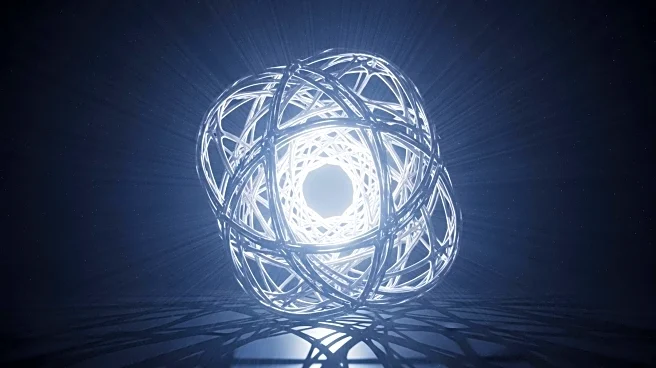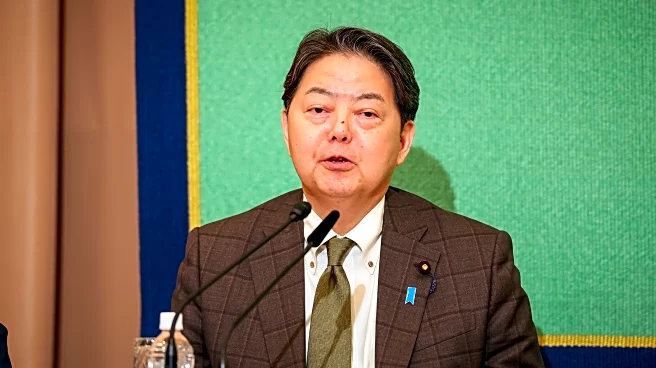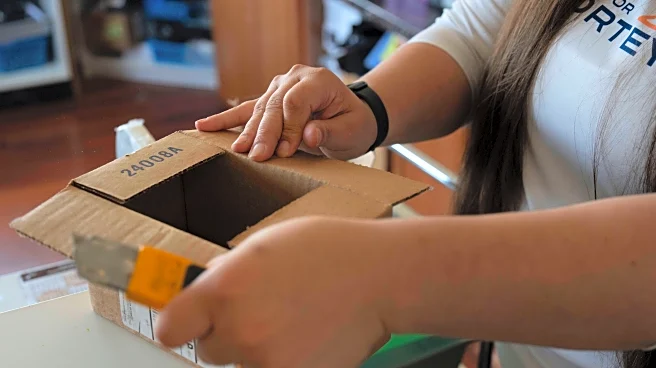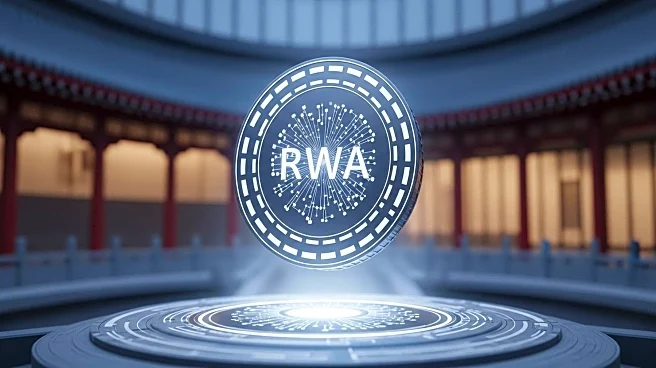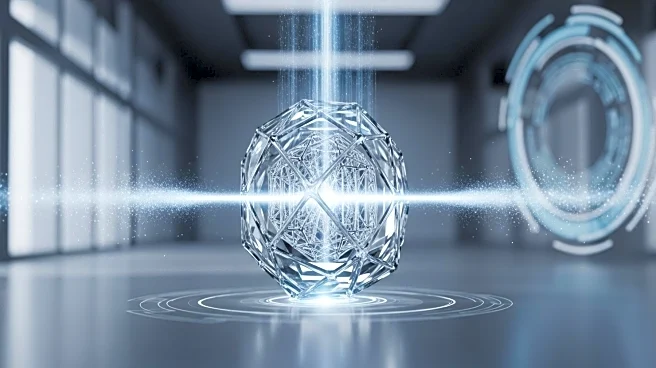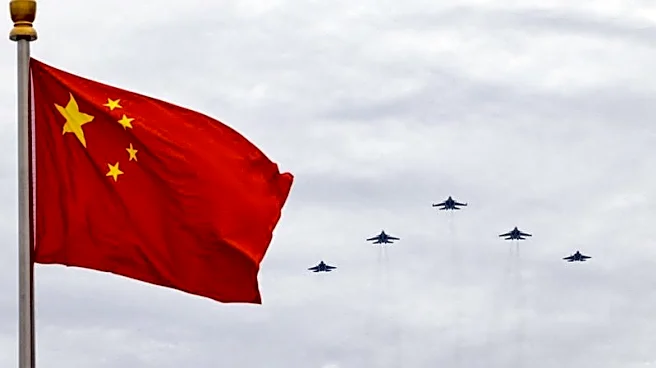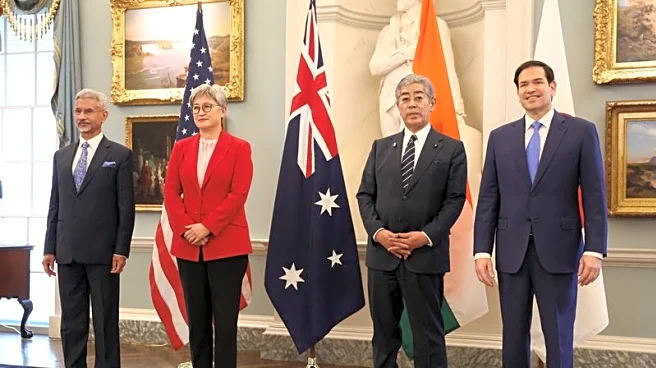What's Happening?
A collaborative research team from Singapore and Japan has developed a method to create spacetime crystals using knotted light patterns known as hopfions. These crystals are formed by arranging structured beams of light in two different colors, creating repeatable patterns across space and time. Hopfions are topological textures with interlinked loops, previously observed in isolated forms. The researchers have successfully assembled them into ordered arrays, akin to atomic crystals, with periodic repetition in time and space. This breakthrough offers potential applications in photonics for dense information processing.
Why It's Important?
The creation of spacetime crystals represents a significant advancement in materials science and photonics. These structures could revolutionize data storage and signal routing by enabling high-dimensional encoding schemes and resilient communication systems. The ability to manipulate light in such complex patterns opens new possibilities for light-matter interactions, potentially impacting fields like quantum computing and telecommunications. This innovation could lead to more efficient and robust information processing technologies.
What's Next?
The research team plans to explore practical implementations of hopfion lattices using dipole arrays, grating couplers, or microwave antennas. Further studies will focus on optimizing the topological strength of these crystals and their applications in various domains. The scientific community may investigate the potential for these structures to 'fly' while maintaining their topology, expanding their use in dynamic environments.
Beyond the Headlines
This development challenges existing paradigms in physics, offering new insights into the manipulation of light and its properties. It underscores the importance of interdisciplinary research in advancing technological capabilities and understanding fundamental physical phenomena.
